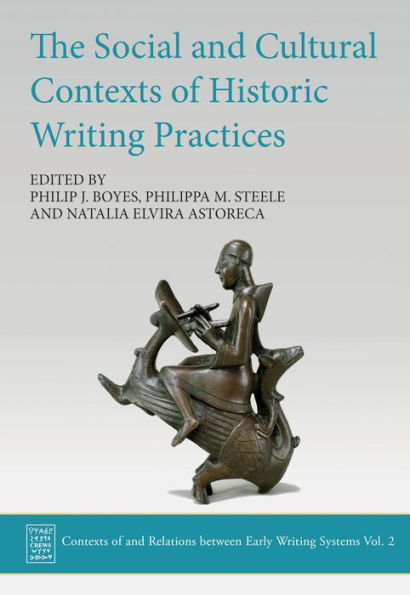Writing is not just a set of systems for transcribing language and communicating meaning, but an important element of human practice, deeply embedded in the cultures where it is present and fundamentally interconnected with all other aspects of human life. The Social and Cultural Contexts of Historic Writing Practices explores these relationships in a number of different cultural contexts and from a range of disciplinary perspectives, including archaeological, anthropological and linguistic. It offers new ways of approaching the study of writing and integrating it into wider debates and discussions about culture, history and archaeology.
1136536603
The Social and Cultural Contexts of Historic Writing Practices
Writing is not just a set of systems for transcribing language and communicating meaning, but an important element of human practice, deeply embedded in the cultures where it is present and fundamentally interconnected with all other aspects of human life. The Social and Cultural Contexts of Historic Writing Practices explores these relationships in a number of different cultural contexts and from a range of disciplinary perspectives, including archaeological, anthropological and linguistic. It offers new ways of approaching the study of writing and integrating it into wider debates and discussions about culture, history and archaeology.
54.0
In Stock
5
1

The Social and Cultural Contexts of Historic Writing Practices
384
The Social and Cultural Contexts of Historic Writing Practices
384Related collections and offers
54.0
In Stock

Product Details
| ISBN-13: | 9781789254792 |
|---|---|
| Publisher: | Oxbow Books |
| Publication date: | 03/23/2021 |
| Series: | Contexts of and Relations between Early Writing Systems (CREWS) , #2 |
| Sold by: | Barnes & Noble |
| Format: | eBook |
| Pages: | 384 |
| File size: | 14 MB |
| Note: | This product may take a few minutes to download. |
About the Author
From the B&N Reads Blog
